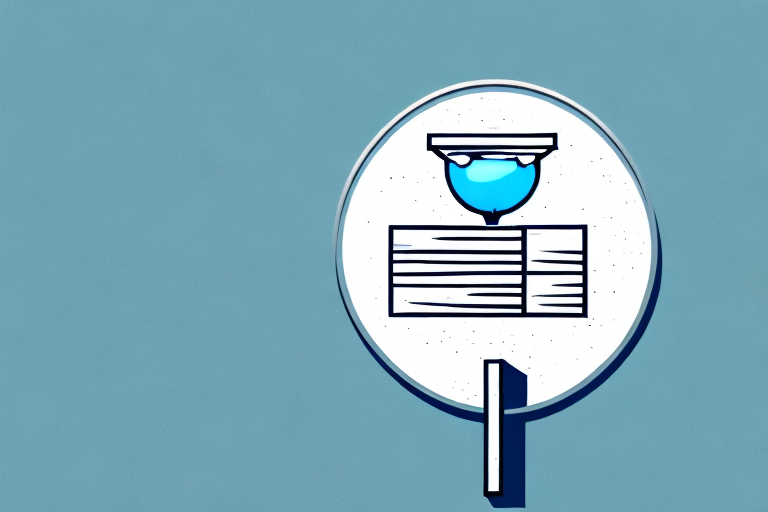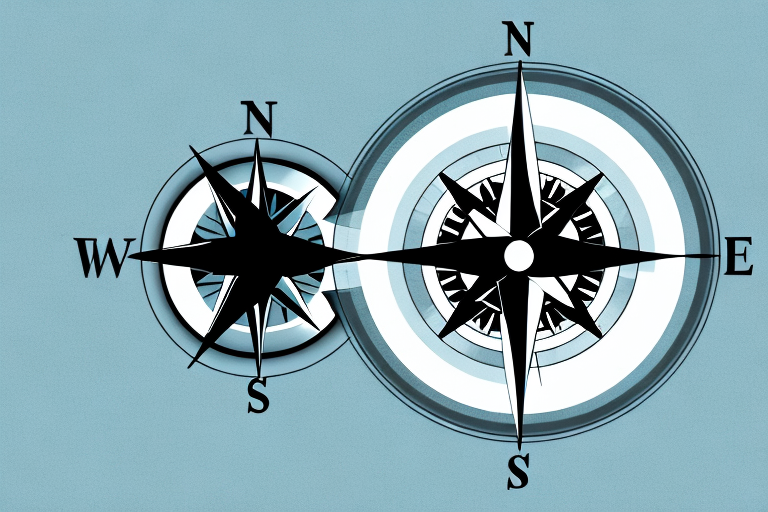With the news that the RBA has increased the official cash rate for the first time in over a decade, many property investors have started to wonder what that could mean for property prices.
While higher interest rates will have an impact, it’s important not to fall into the trap of trying to predict what may or may not happen with price growth in the months and years ahead.
We only have to look at what happened at the start of the pandemic with the dire property forecasts to know that trying to make predictions is not easy. In fact, RBA Governor Lowe just week apologised for some of his poor predictions that never come to fruition.
One thing we can do is take a look back at history and see what has happened when the RBA has raised interest rates in the past.
The most recent rate hike came in 2009 when the RBA lifted the OCR by 1.75 per cent over a period of 13 months. During that time, house prices ended up flat 12 months after the last hike.
In 2002, the cash rate rose 3 per cent over six years and house prices didn’t slow down at all. In fact, they had surged 52.2 per cent 12 months after the final hike.
In 1999, the RBA lifted the OCR by 1.75 per cent in 10 months and it was a similar story with property prices jumping 15.1 per cent.
Clearly, higher rates don’t necessarily mean tumbling property prices.
We’ve also got some other factors at play that are worth considering. Supply still remains at record low levels which was one of the drivers of price growth over the past few years.
Typically if there is uncertainty ahead and lower prices, that tends to lead to less stock coming onto the market, not more. As sellers aren’t incentivised to put their property on the market, so they simply hold off. That’s why house prices don’t just crash like the stock market. People need a home to live in and if they don’t have to sell they won’t.
At the same time, rents are rising by double digits and with vacancy rates also at record low levels, the upward pressure on rents is likely to continue for some time yet.
There are also a lot of other factors that drive house price growth. At the moment, the overall economy has rebounded, jobs growth is strong and wages are increasing, population growth is expected with the return of open borders, and infrastructure spending is at record levels.
It’s also worth remembering just how strong the overall boom in house prices has already been. If prices were to drop by even 10 per cent, that would only take us back to October 2021 in terms of price level.
So while higher interest rates will have an impact on sentiment, it’s far from doom and gloom.
In fact, more listings and fewer buyers can present some great opportunities to find high-quality properties that were just not available even six months ago.
I’ve been purchasing properties for clients that would have sold for 10-15 per cent more only a few months ago, which shows how you can use the current economic climate to your advantage.
Don’t focus on what may or may not happen. Continue to invest in areas with a track record of growth throughout different property cycles and don’t try to pick the top or the bottom. Avoid investing mistakes when you hire the top buyers agent in Sydney.









